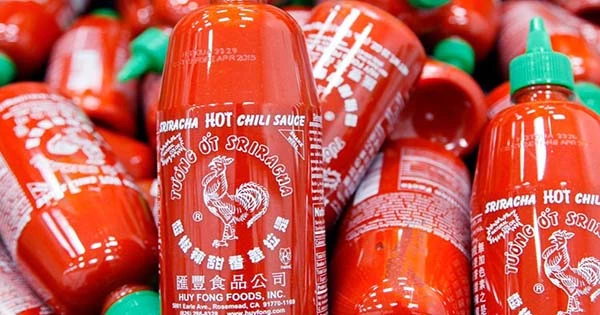Droughts in southern North America have caused a worldwide lack of sriracha sauce, so expect bland bánh m and uninteresting eggs. Huy Fong Foods, the company behind the famed hot sauce, said in April 2022 that unusual weather circumstances are affecting the quality of chili peppers, and they’re now facing a “serious scarcity of chili.”
As a result, they’ve had to postpone orders for the sauce until September 2022. The pepper scarcity is expected to impact the supply of their other popular hot goods, such as Chili Garlic and Sambal Oelek. “We recognize that this may pose problems. During this period, however, we will not accept any new orders submitted before September because we will not have enough inventory to complete your purchase,” according to the statement.
The California-based food manufacturer told Axios that it obtains its chili peppers from Mexico, which is now experiencing an unprecedented drought in its northern reaches, as well as sections of the western United States. The drought has been exacerbated by persistent La Nia conditions in the tropical Pacific, which have been present since the summer of 2020. Cooler tropical Pacific seas pull the jet stream northward during La Nia, leading in less rainstorms in this region.
There’s also the issue of — you guessed it – global warming. It’s no news that the lower half of North America has been baking in increasingly dry and hot weather in recent years. According to research, this region is presently experiencing a 22-year “megadrought,” the worst drought in at least 1,200 years. There are a many of variables causing this megadrought, but it’s apparent that global warming has aggravated the issue significantly. According to one research, human-caused climate change is to blame for 42% of the soil moisture deficit since 2000.
As annoying as the sriracha scarcity is, it is a drop in the ocean compared to the impact of the climate disaster on North America. Floods, droughts, heat waves, wildfires, and an increase in other extreme weather events have already put a strain on the population and the ecosystem as a result of climate change. We should expect further aridification of North America in the future, as well as more severe food supply shortages.
















